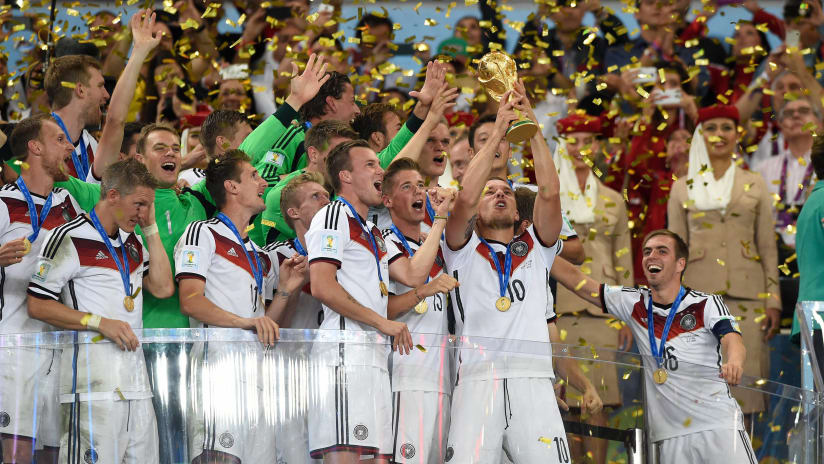FIFA recently announced that they were expanding the number of teams in the World Cup from 32 to 48 for the 2026 World Cup. The decision has been met with mixed reactions from players and fans alike. And sometimes, it seems as though FIFA is the only body that thinks this is a good idea. But the reality of World Cup expansion is that it has both good and bad realities, and little can be said about how successful it will be until we wait and watch the situation play out.
The most common point of controversy has been the simple fact that more teams will be able to compete in the tournament. Some say this is a positive thing: it will encourage federations who never previously thought they had a shot at making the World Cup to invest in their programs more. Some say this is a negative thing: it will weaken the overall quality of the tournament. Both of these points are true-- with more teams, there is obviously going to be a wider variety in the quality of play. The question becomes, will federations really make the necessary investments to get into the tournament?
People who support the expansion say that federations will invest because simply being in the World Cup will be enough to raise revenues and improve the program. People who don’t support the expansion believe that federations will not invest because teams will exit the tournament so early that it won’t be financially worth the investment. Surely it will be a mixed bag when the new structure is put into place-- but how many federations invest and how many don’t won’t be known until closer to the actual change.
One of the biggest questions is how qualifiers might adjust. FIFA alluded to the idea that such a change might be good for countries in Africa and Asia-- teams that were on the cusp of qualifying before like Egypt, Tunisia, Jordan, and New Zealand. Some rumors have circulated that the North, Central, and South American qualifying tournaments might be merged into one, with as as fourteen teams coming out of their. For some, this combination would be seen as a great opportunity for countries like the United States and Mexico to prove themselves against the best of the best, but others fear it may reduce the growth of the game in Central and North America.
It’s all rumors right now. Nothing of how qualifying will change or who will be allocated the additional spots has been decided yet.
The scent of corruption still clings to FIFA in the eyes of the public, and many see the latest move as just another chance to make money. And in truth, the expansion is estimated to bring in another $1 billion dollars in profit. But supporters of the decision say that the money won’t be going to FIFA; it will be going back to the federations and will be used to invest in growing the game globally.
We know that there will be 48 teams, split into 16 groups of three. The top two teams from each group will move on to the 32-team knockout round. For many teams, that means they will only play two or three games throughout the whole tournament.
Questions will remain: who will be given the additional qualifiers? What will the schedule of the tournament look like? What will the quality of the teams be, and how will the three-team groups play out? All these questions are legitimate and will be answered given time.
For now, all we can say is that the World Cup will be engaging the fan-base and the players of 16 additional countries, which few can say isn’t a positive. Everything else will have to wait.






